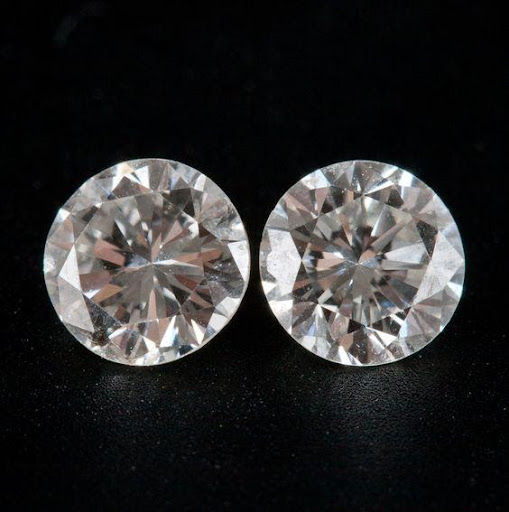
It may appear that buying a diamond is a difficult task, but it does not have to be. The problem with diamonds is primarily your lack of understanding of them, the high cost of the purchase, and, most importantly, the commitment and symbolism of what a diamond purchase entails. The difficult part is over now that you've decided to buy a diamond. Buying a diamond necessitates some research and deliberation.
Buying a diamond takes some forethought. You'll be able to find the perfect diamond in no time if you follow these easy steps.

